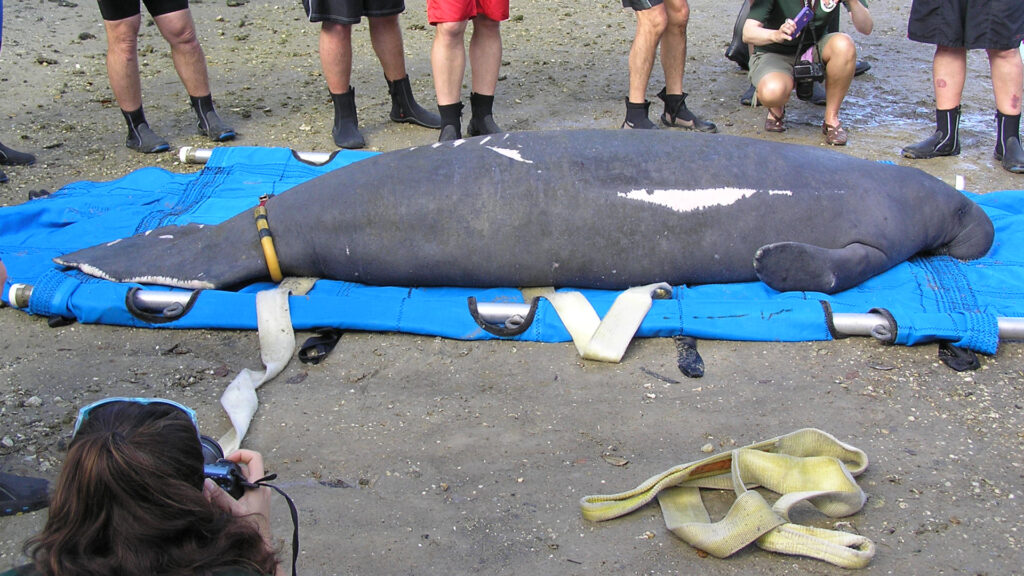A roundup of news items related to climate change and other environmental issues in Florida:
The race to save Florida’s manatees | Smithsonian Magazine

In May 2022, Stacy DiRocco, a senior veterinarian at SeaWorld Orlando, received a call. A robust female manatee she’d assessed four months prior in a Florida waterway had just been found with a boat-strike injury to the side of her body. A photo in a text message that followed showed the damage. “It was pretty extreme,” DiRocco recalls. “It did not look like she would survive.”
A rescue crew brought the manatee and her newborn calf to SeaWorld, one of 20 organizations in the 22-year-old Manatee Rescue & Rehabilitation Partnership (MRP), a consortium of research institutions, government agencies and nonprofit conservation groups. Injuries to the animal, dubbed Reckless after Sergeant Reckless, a decorated horse who served the U.S. Marines during the Korean War, were catastrophic. Her shoulder blade protruded from a gaping, foot-long wound. Her left pectoral flipper had been rendered useless, and she was unable to feed her calf from that side. Miraculously, the calf, whom rescuers nicknamed Churro, was healthy.
“When I saw her, and how much of a fighter she was, I made the decision to just go all in see if we could give her the best chance possible,” says DiRocco.
Tampa Bay trees tamp down harsh climate change effects | Axios
Be-leaf it or not, trees are doing some of the hardest work in Tampa Bay.
Driving the news: Hillsborough and Sarasota counties ranked high in Climate Central’s recent nationwide analysis of urban trees.
Why it matters: Urban tree coverage helps reduce the impacts of extreme heat, prevents stormwater runoff, mitigates air pollution exposure and can even sequester carbon, Axios’ Ayurella Horn-Muller and Simran Parwani report.
Piney Point pollution spread farther than first thought, new study shows | Tampa Bay Times
The plume of polluted water from the 2021 Piney Point wastewater disaster spread farther than previously thought, new research suggests, stretching outside of Tampa Bay and more than 30 miles away to waters near Tarpon Springs.
The study sheds new light on the vast environmental toll of the wastewater emergency and adds more weight to the evidence that red tide and other algal blooms flaring in and around Tampa Bay during summer 2021 were linked to the nutrient-laden discharges from Piney Point, according to the study’s authors.
For a year after the disaster, researchers monitored water quality at four locations and collected water samples there bi-weekly. The 215 million gallons of tainted water leaving Piney Point had a unique “fingerprint,” which means scientists could identify and separate it from other pollution sources, according to Elise Morrison, an assistant professor at the University of Florida’s Department of Environmental Engineering Sciences and the study’s lead author.
If you have any news items of note that you think we should include in our next roundup, please email The Invading Sea Editor Nathan Crabbe at ncrabbe@fau.edu. Sign up for The Invading Sea newsletter by visiting here.



